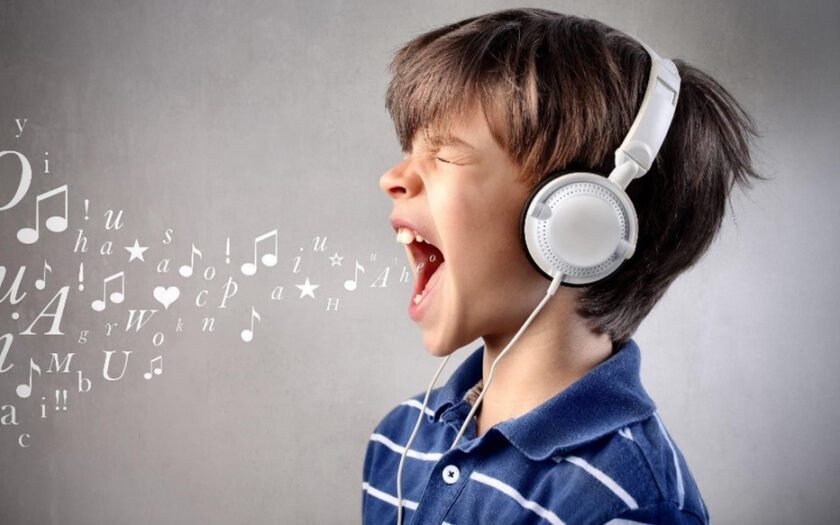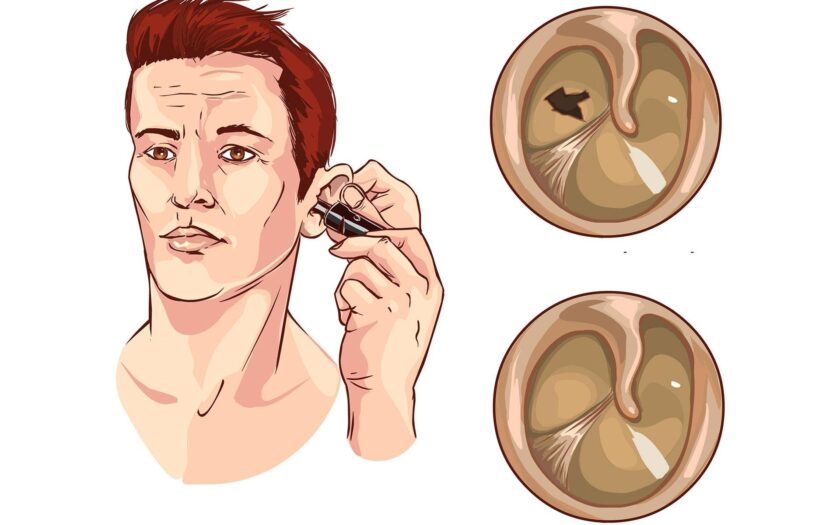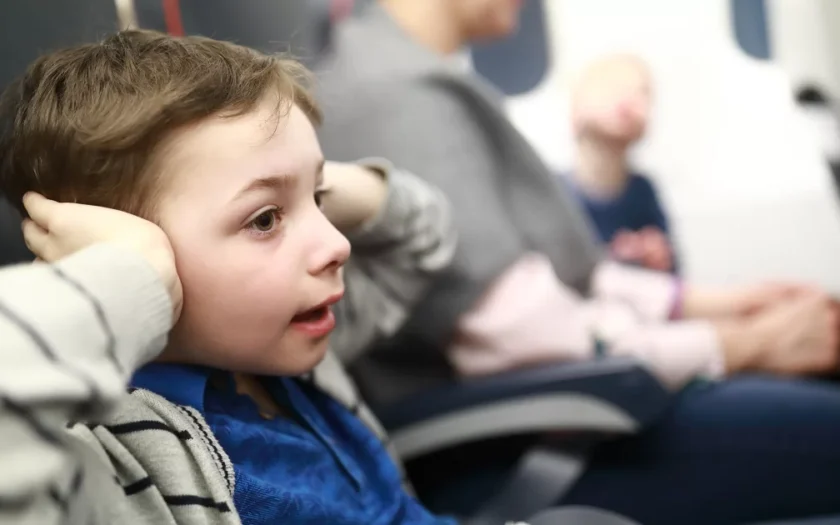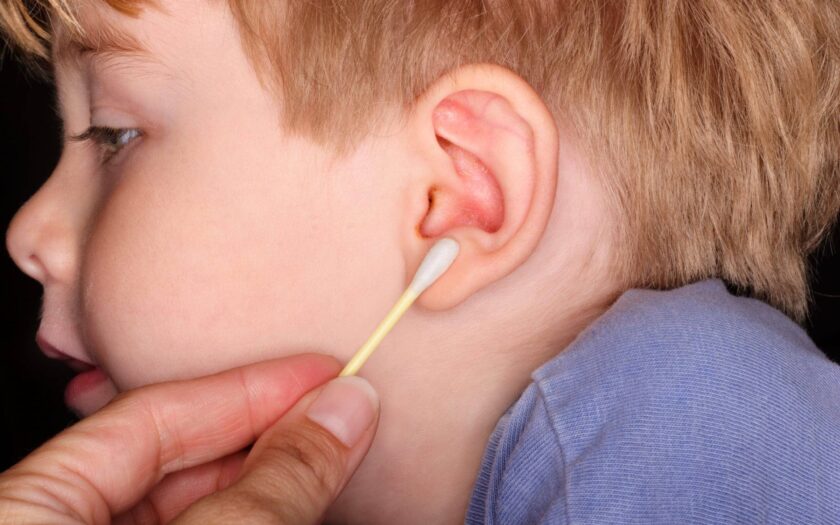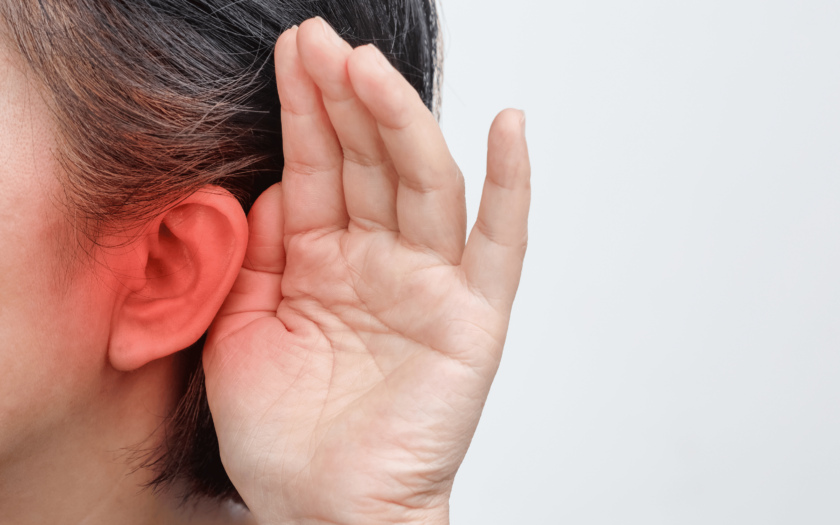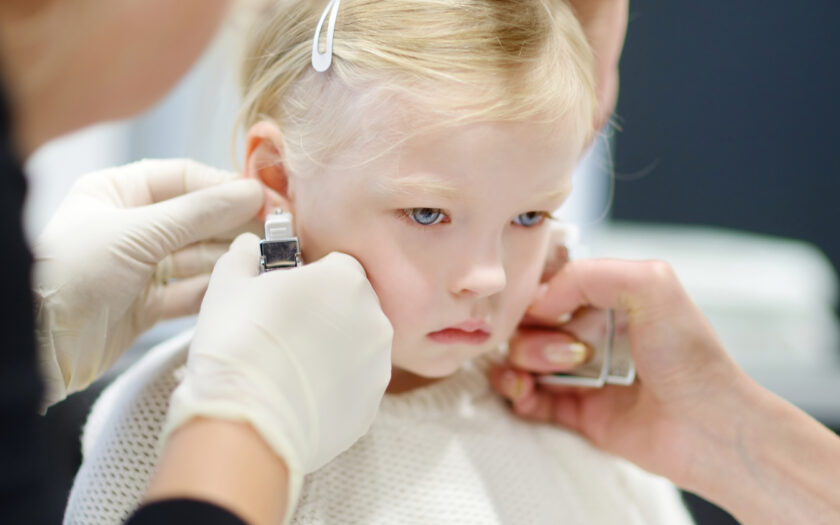Tear-Duct Blockage
Tear-duct blockage occurs when the small ducts responsible for draining tears from the eyes become obstructed, preventing tears from draining properly. This can lead to symptoms like watery eyes, frequent eye infections, or a constant feeling of discomfort in the eyes. The blockage can be congenital (present at birth) or develop later in life due to conditions like infections, injury, or aging. Treatment may involve massages, medications, or, in some cases, surgical procedures to clear the duct and restore normal tear drainage. Early intervention can help prevent recurring infections and improve comfort.



